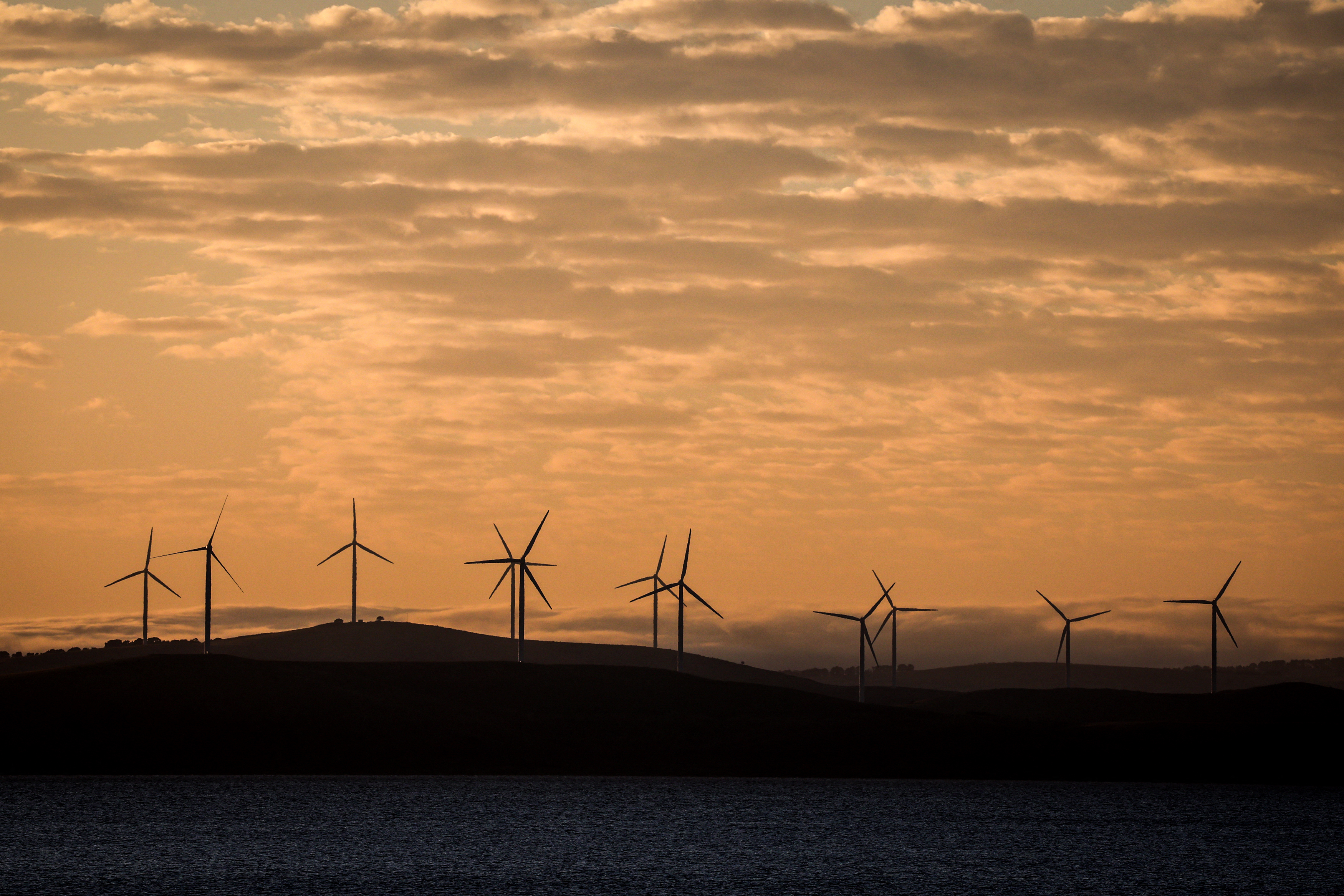
LONDON - An expected sharp fall in battery costs for energy storage in coming years will accelerate the shift to renewable energy from fossil fuels, the International Energy Agency (IEA) said on Thursday.
While renewable energy by itself is already much cheaper than coal and gas-fired plants, weather can interrupt solar and wind power and must be paired with energy storage systems to provide reliable sources of energy.
The total capital costs of battery storage are due to tumble by up to 40 percent by 2030, the Paris-based watchdog said in its Batteries and Secure Energy Transitions report.
The slide in battery costs will also help provide electricity to millions of people without access, cutting by nearly half the average electricity costs of mini-grids with solar PV coupled with batteries by 2030, the IEA said
ALSO READ: Race begins to crack the code behind solid-state batteries
"The combination of solar PV (photovoltaic) and batteries is today competitive with new coal plants in India," said IEA Executive Director Fatih Birol.
"And just in the next few years, it will be cheaper than… gas-fired power in the United States. Batteries are changing the game before our eyes."
About 90 percent of lithium ion batteries are used in the transport sector, which focuses on dense and light units. There is more scope for cutting costs in energy storage batteries, which can be larger and heavier.
Cheaper lithium iron phosphate (LFP) batteries accounted for 80 percent of new storage batteries last year, the IEA said.
READ MORE: 'Half of new global renewables capacity in 2023 from China'
Cheaper sodium-ion batteries will account for less than 10 percent of electric vehicle batteries by 2030, but they will make up a growing share of energy storage batteries, it added.
The global market for energy storage doubled last year to over 90 gigawatt-hours (GWh), the report said.
Overall global energy storage capacity is due to soar six-fold by 2030, with batteries accounting for 90 percent of the rise and pumped hydropower for most of the rest.
Pumped hydropower is a system that involves pumping water to a higher reservoir during off peak times to generate electricity at peak times.
READ MORE: IEA: Renewable energy growth must step up to reach 2030 goal
The slide in battery costs will also help provide electricity to millions of people without access, cutting by nearly half the average electricity costs of mini-grids with solar PV coupled with batteries by 2030, the IEA said.


